We often hear about the various things that may be affecting our sleep, whether that be caffeine, screen time, medications or alcohol. Even the position we sleep in can affect us. But rarely do we hear about how the colour of your bedroom can either aid or harm our sleep. Thanks to Geoff McKinnen, sleep coach at Amerisleep, we’ve got a list of the best and worst colours for sleep.
At first, it might seem a little strange that bedroom colours can affect your sleep, mostly because all you see when you close your eyes is darkness. But it’s all to do with the overall atmosphere of your room.
It’s pretty much common knowledge now that some colours can help to calm you down, and obviously, that helps when you’re trying to fall asleep. But what bedroom colours are good for your sleep? Let’s check it out.
Best bedroom colours for sleep
If you want to create a calm and welcoming atmosphere for you to rest your eyes, the overall best colours for sleep are blue, yellow, green, silver, orange and pink. These colours work to reduce stress and soothe your nervous system.
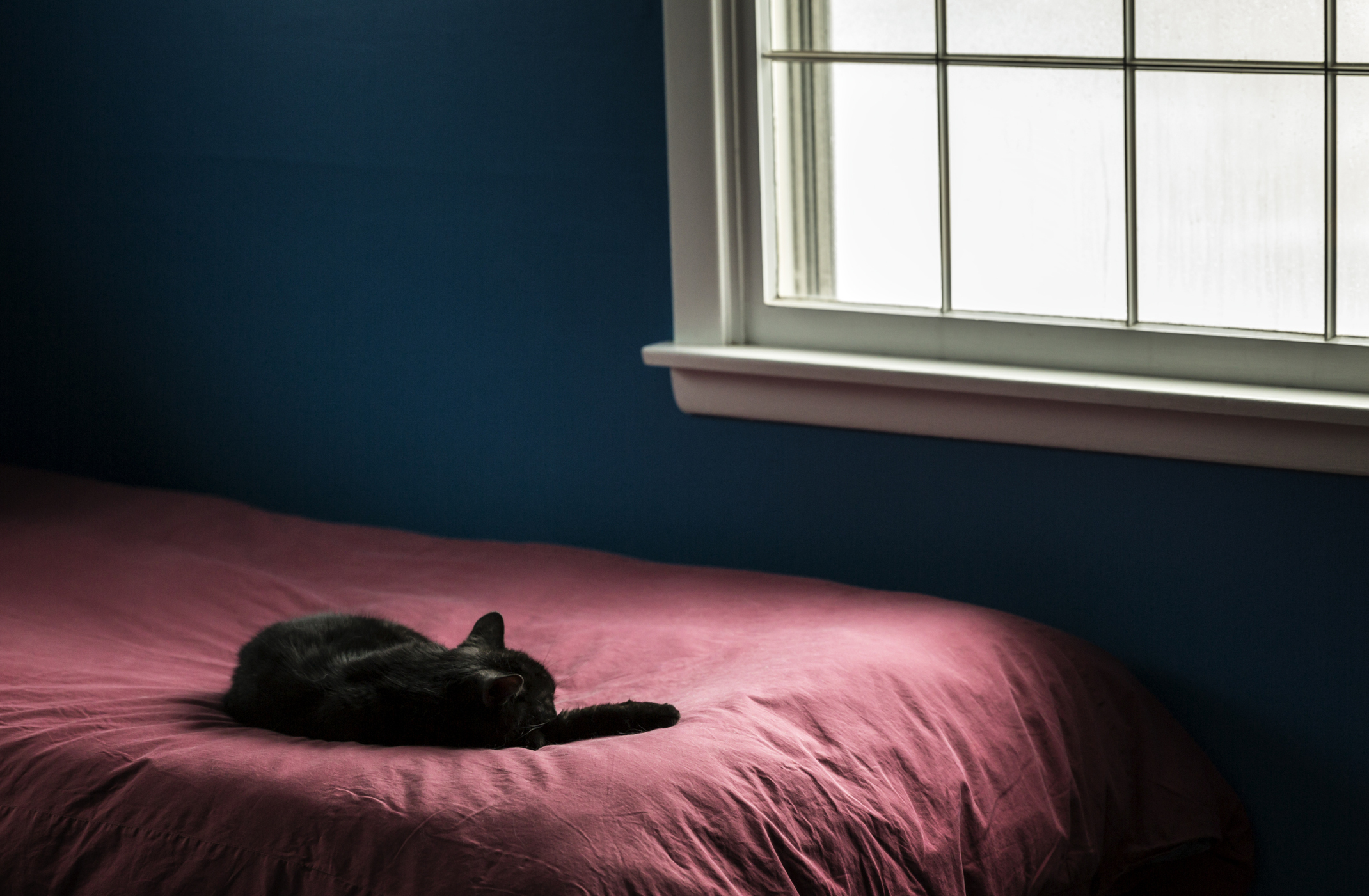
Blue
It shouldn’t come as too much of a surprise that blue is one of the best bedroom colours for sleep because it’s often associated with calmness and relaxation.
More than that, researchers have found that the colour blue can induce feelings of tranquillity and peacefulness. This is because blue doesn’t alert the mind and evokes calmness meaning you can fall asleep easier and stay asleep for longer than you would in a brightly-coloured bedroom.
Turns out that blue is known as the colour of relaxation because it activates the anterior component of the hypothalamus that controls the ANS (parasympathetic nervous system). This has a calming effect on the body which results in decreased blood flow and heart rate.
Yellow
Yellow is an interesting one because only the softer, more muted shades of yellow help improve your sleep whereas brighter hues do the opposite.
According to McKinnen, the softer shades of yellow can create tranquil bedroom environments because the muted tone imitates sunshine. This alleviates stress and promotes tranquillity to help you sleep better.
So if you’re looking for a colour to paint your bedroom walls to help you sleep, opt for a soft yellow rather than a harsh one.
Green
Green is another great choice of colour to paint your bedroom walls if you’re looking for a better night’s sleep.
Like blue, green is often associated with relaxation as it’s easy on the eyes and can help us feel calm and peaceful. It’s also a non-stimulating colour so it can help put you in a better state of mind before you drift off to sleep.
McKinnen recommends green colours with more blue tones in them instead of warm tones like yellow as that may cause you to feel energetic.
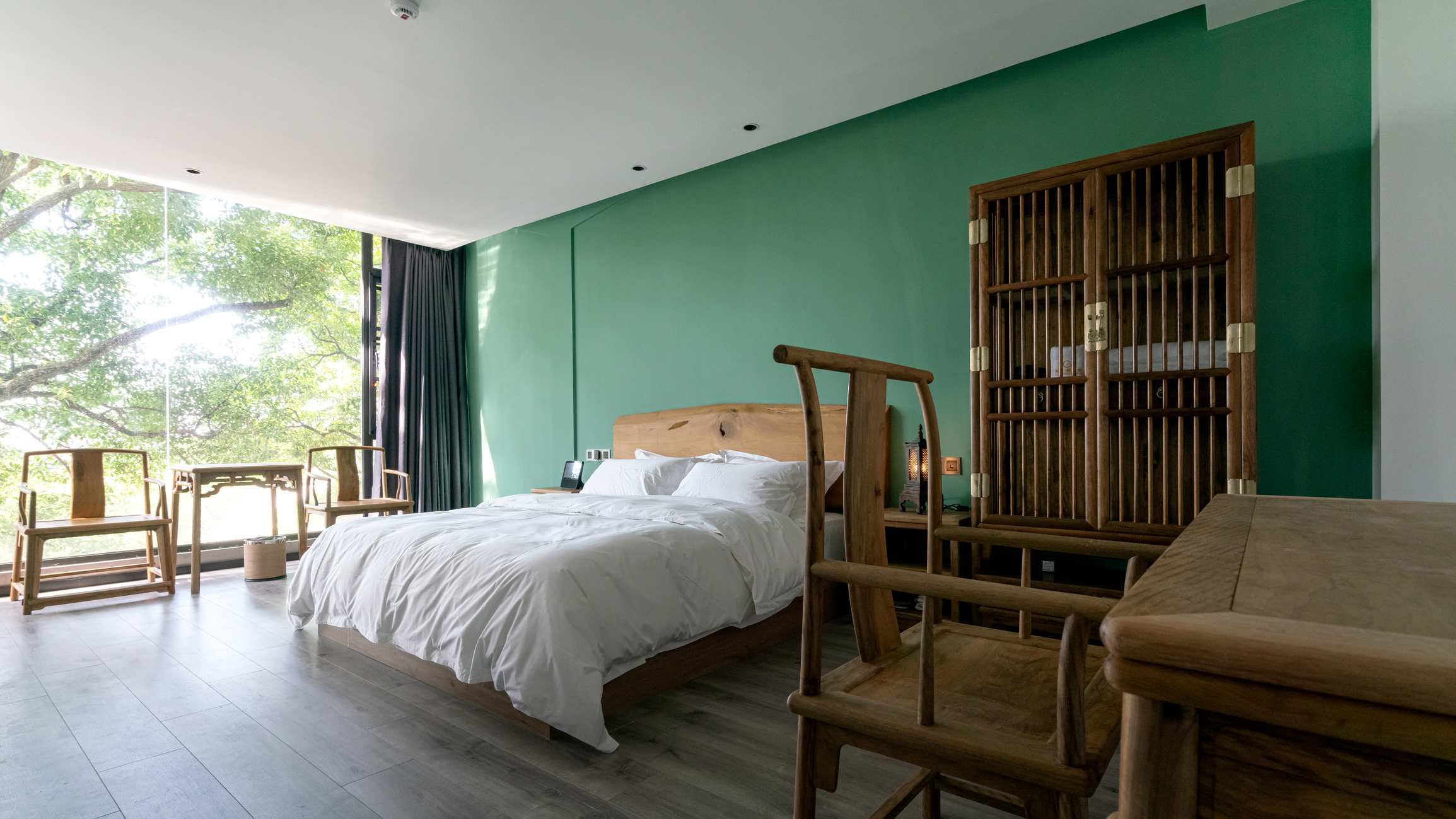
Silver
I’m not really sure how popular a silver bedroom would be but if it helps send you off to sleep, then go for it.
Unlike dark grey tones, silver induces calm and is a great alternative if you prefer neutral colours.
Obviously, you should be opting for a matte silver colour and not a shiny one. You don’t want to feel like your bedroom is a disco ball when you’re trying to sleep. Or maybe you do, it’s your room.
Orange
Much like yellow, if you’re choosing orange for your bedroom colour, go for light colours with warm undertones to help you sleep.
Orange colours that have tan and beige shades in them can make you feel like you’re on a sandy beach. Personally, nothing is more soothing than imagining myself beachside soaking up the sun.
Pink
Every Barbie lover is probably rejoicing in this, but soft and natural pinks are actually really great bedroom colours that can send you off to sleep.
That being said, you’re better off avoiding bright red tones in your pink paint because red is a stimulating colour.
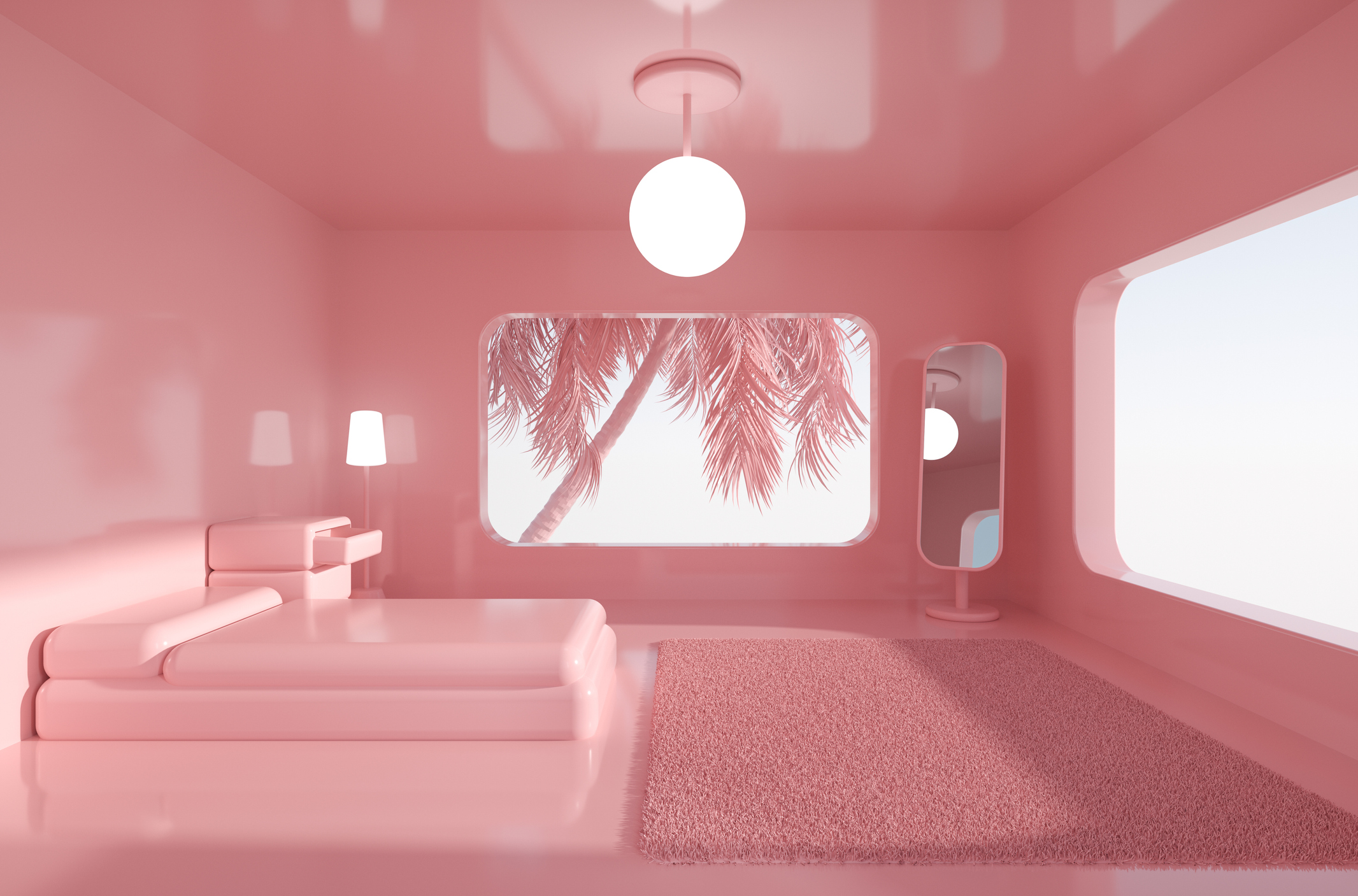
Worst bedroom colours for sleep
Now that we’ve gone through the best bedroom colours for your sleep, let’s take a look at the worst.
According to Amerisleep, individuals with these bedroom colours are more likely to sleep less than 7 hours each night.
Bright purple
As bright purple have hues of reddish undertones, it’s not a good choice for the bedroom. This is because it increases energy levels and keeps you alert.
On the other hand, softer shades of purple may actually boost sleepiness, so if you really want purple walls, go for a muted tone like lavender.
Dark grey
This one is actually really surprising to me because I think having a grey feature wall in the bedroom is really popular.
In an unfortunate twist for those with dark grey bedroom walls, apparently, the colour promotes depression because it gives off rainy day vibes. So that’s rough.
While it does make a good accent colour, painting your walls this darker shade and adding grey bedding creates a very sombre atmosphere. This means that you’ll still be on edge because you’re in a darker space that isn’t calming.
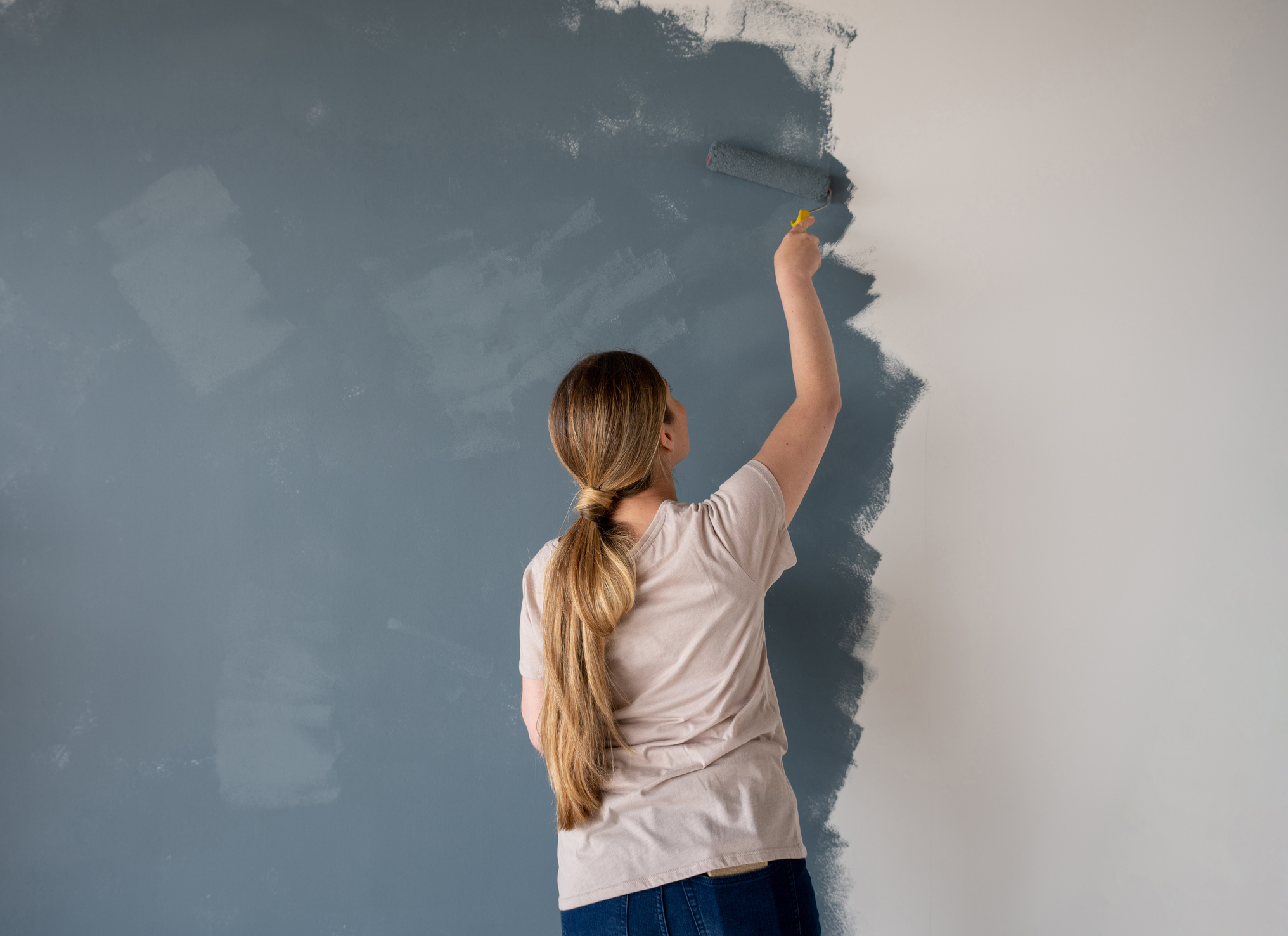
Brown
Like grey, brown is considered a gloomy colour that increases your subconscious feelings of sadness and restlessness.
Your bedroom is meant to be a happy space, so you probably don’t want to subconsciously make yourself sad and uncomfortable in your room.
Red
Red is probably one of the worst colours you can paint your bedroom walls and heavily impacts your sleep.
As it’s an invigorating colour, red increases the heart rate more than other colours do.
According to one particular study, red was found to increase brain activity and boost alertness which is obviously something you don’t want when you’re trying to fall asleep.
Other sleeping tips
There are a few other ways you can promote better sleep other than the colour of your bedroom walls.
Use flat paint
When painting your bedroom walls, McKinnen recommends sticking with flat paint as opposed to one with a high-shine or glossy finish.
This is because the shine reflects light and disrupts sleep. Whereas flatter paints absorb light and therefore, it’s less invigorating.
Avoid colour clashing
This one should make sense because colour clashing already puts me on edge.
It’s important that you decide on a colour scheme for your bedroom before painting your wall to avoid colour clashing.
A good tip is to choose colours parallel to each other on the colour wheel as contrasting colours are more stimulating.
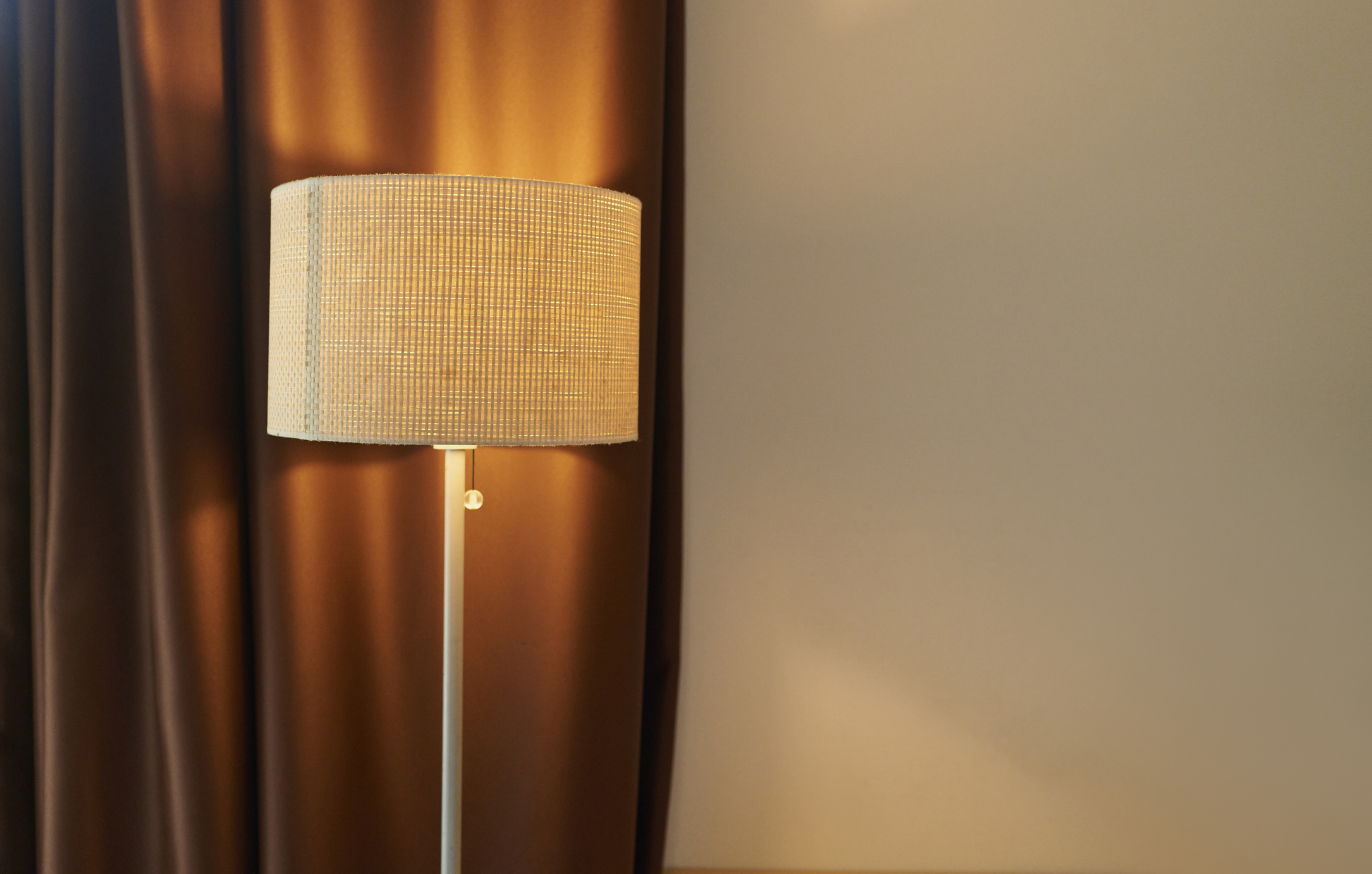
Warm light is better for sleep
I’m a very strong advocate for warm lights so it’s great to hear that it promotes better sleep than LED lights.
Light bulbs with a yellow or red hue are the best for bedside lamps. Blue light, as we know, is not good for your sleep as it disrupts melatonin production.
White bedding is a great choice
White is a neutral tone so it doesn’t stimulate the brain and thus is a great choice of colour for your bedding.
It also pairs really well with other colours that are conducive to sleep including blue and yellows.
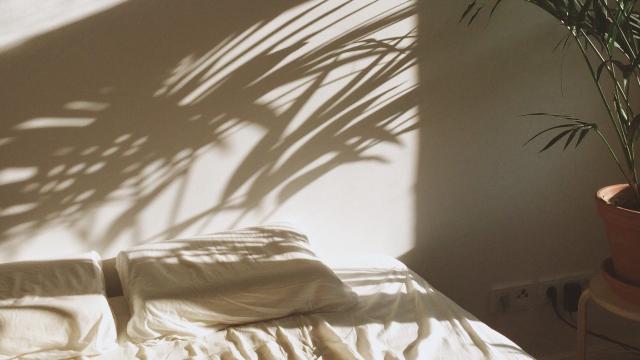
Leave a Reply
You must be logged in to post a comment.